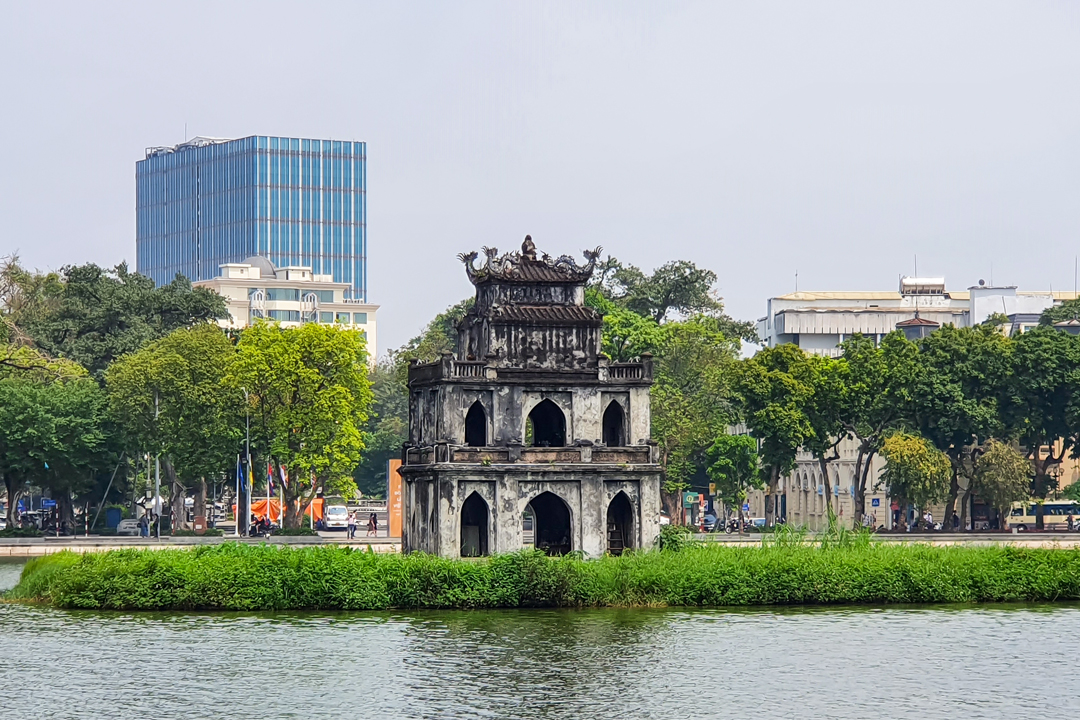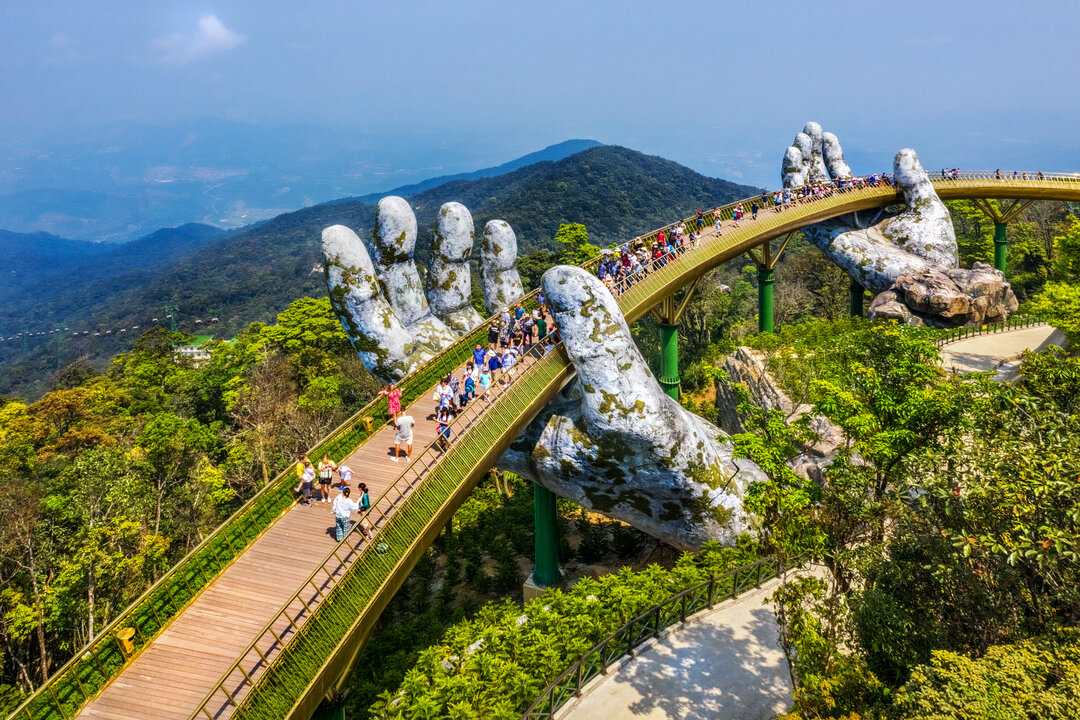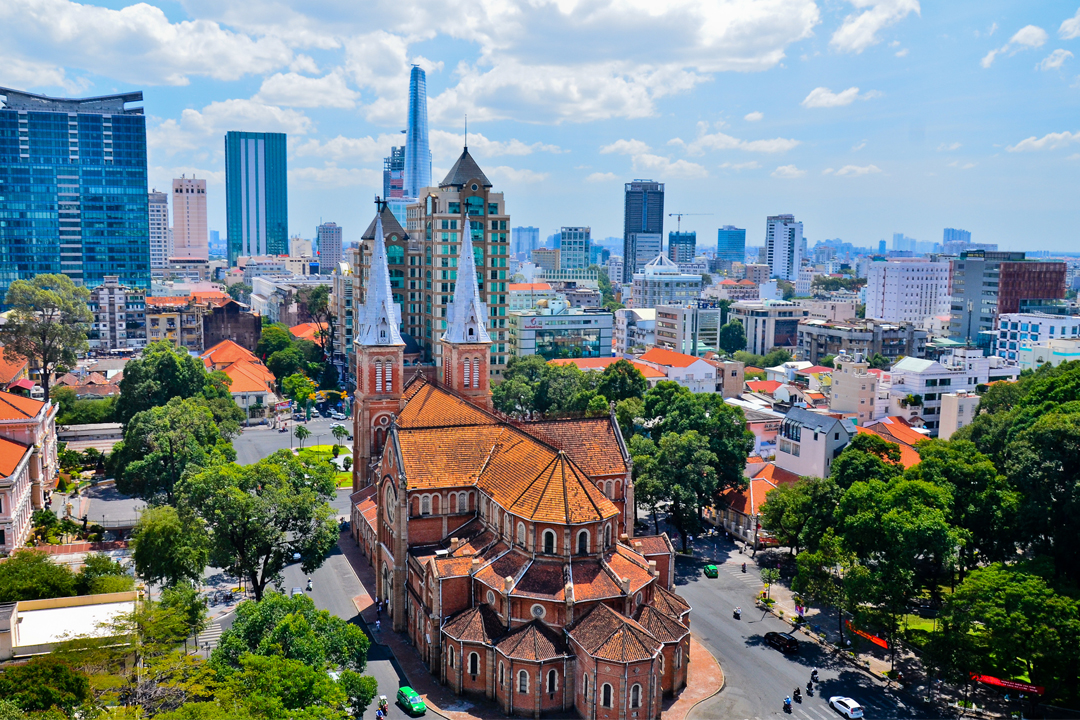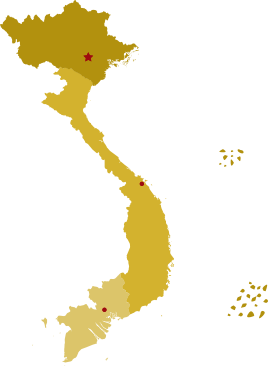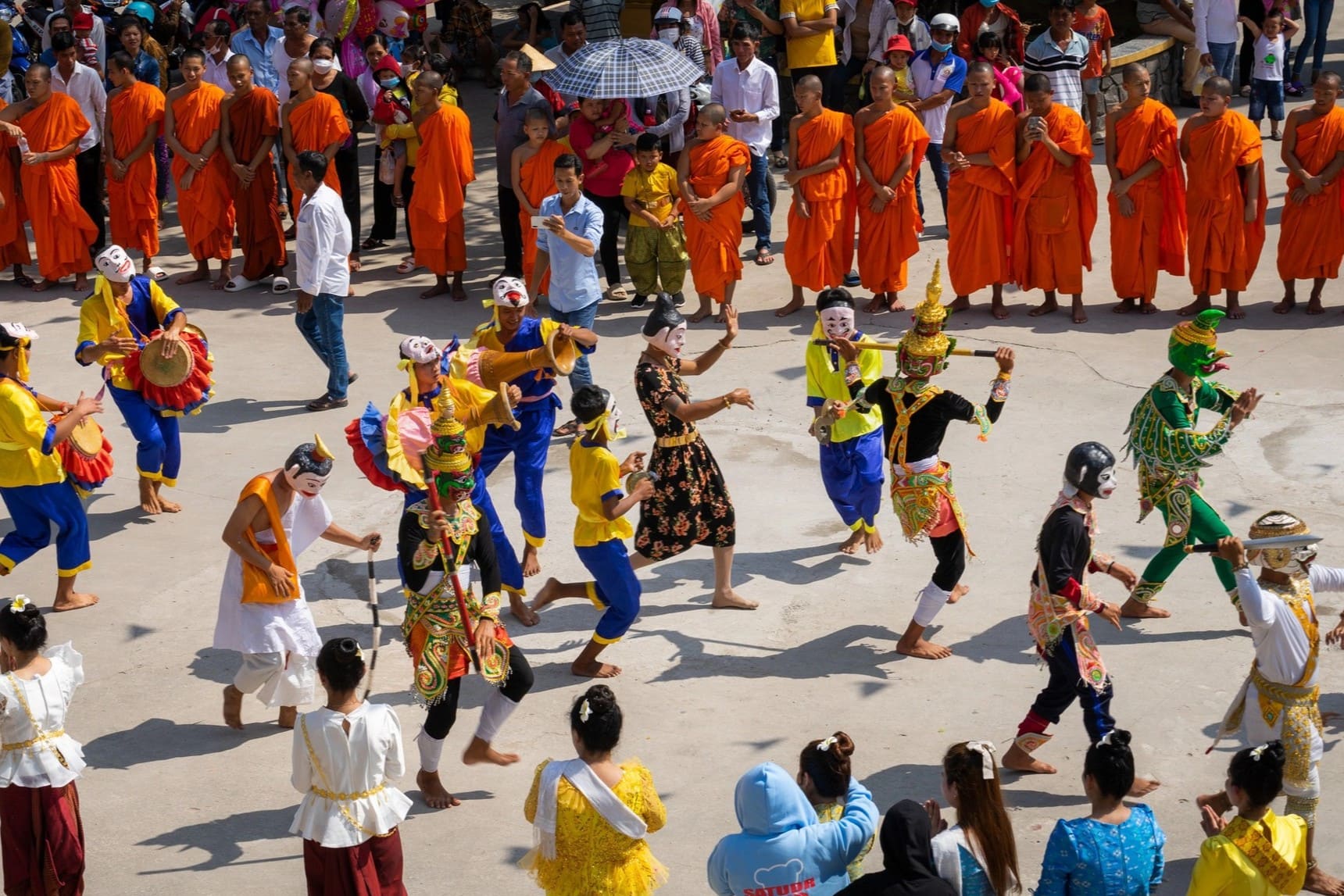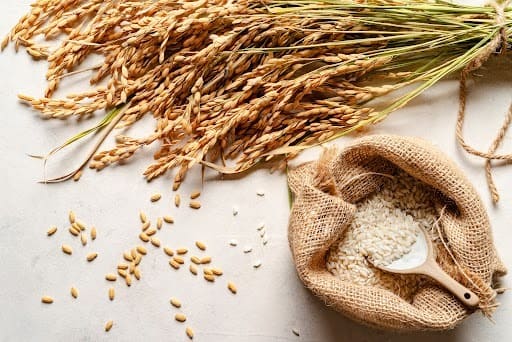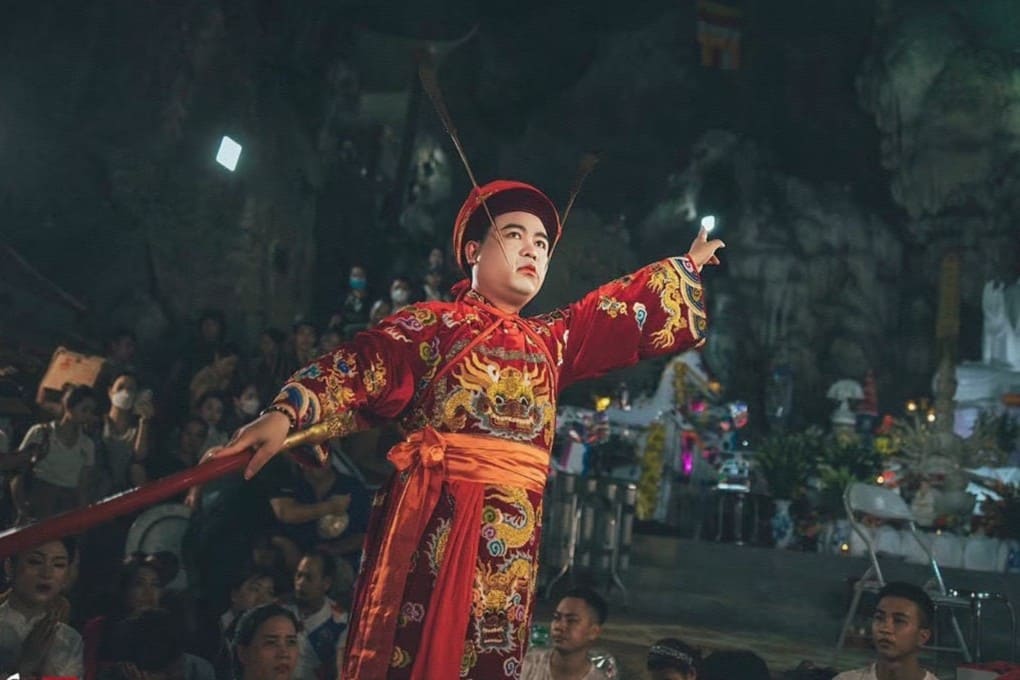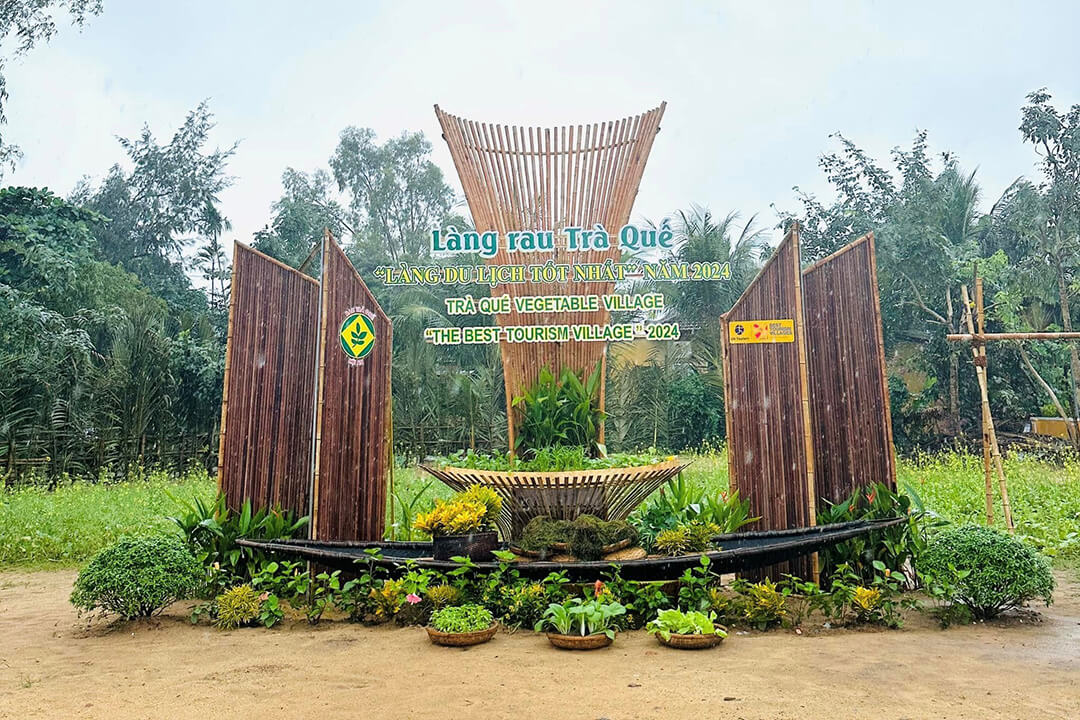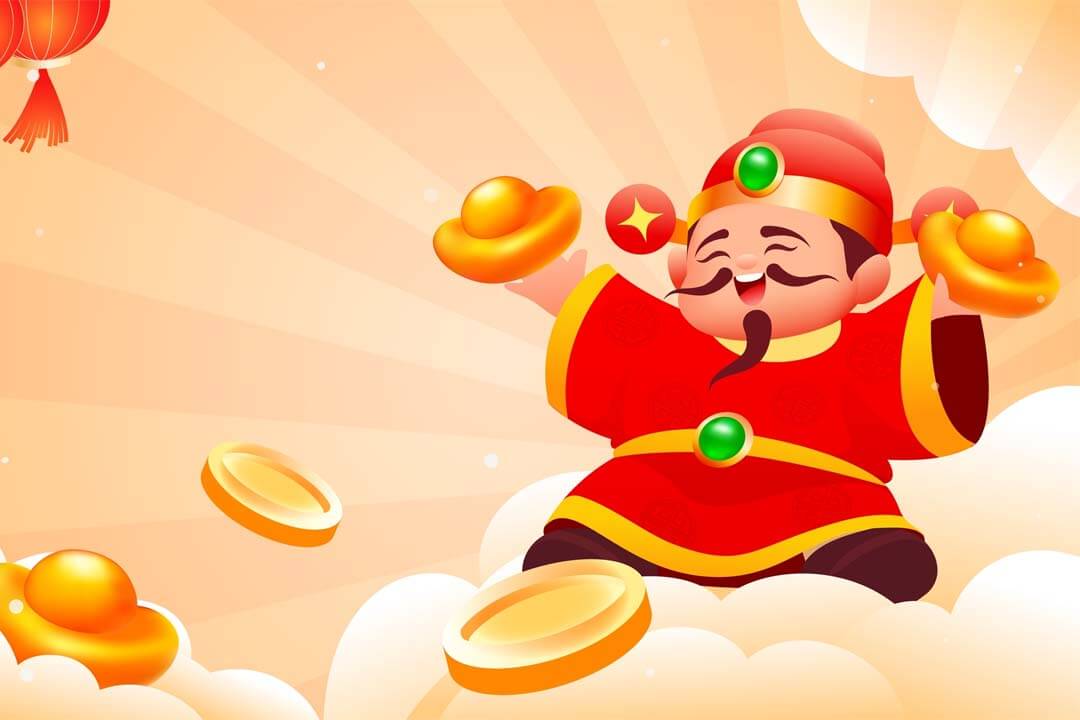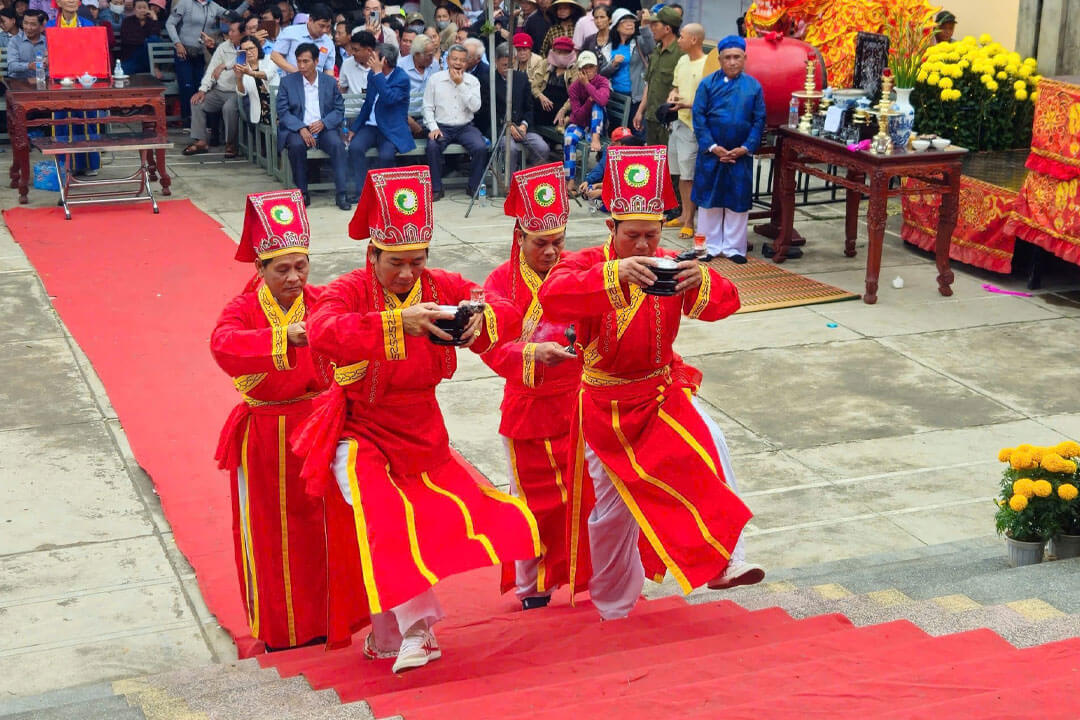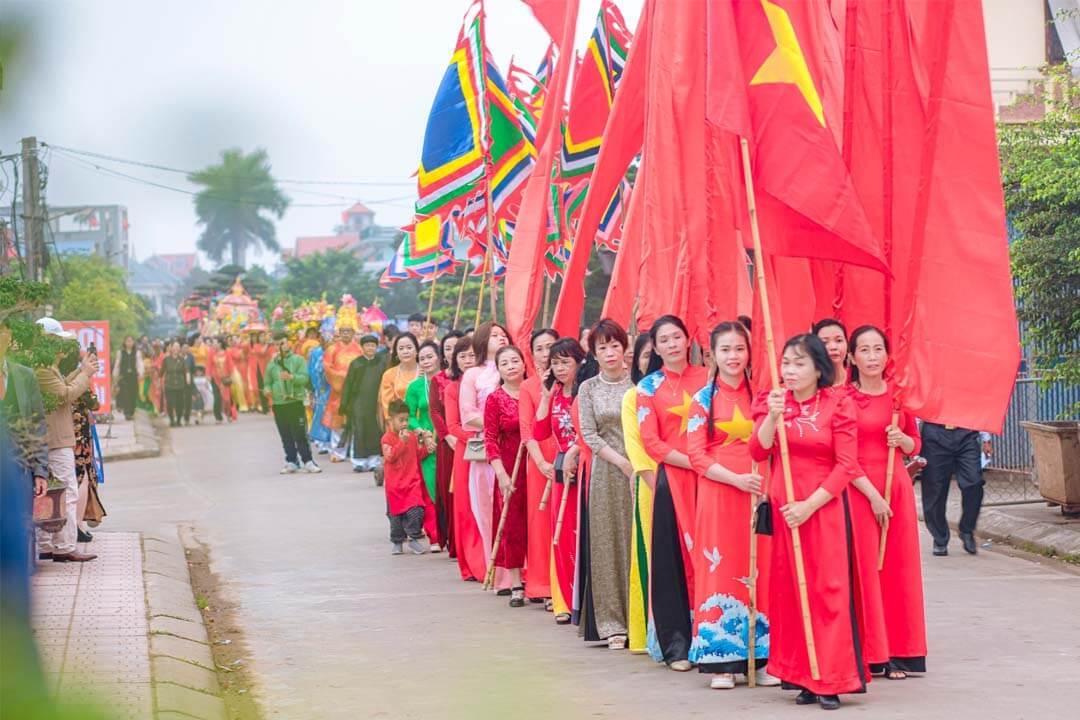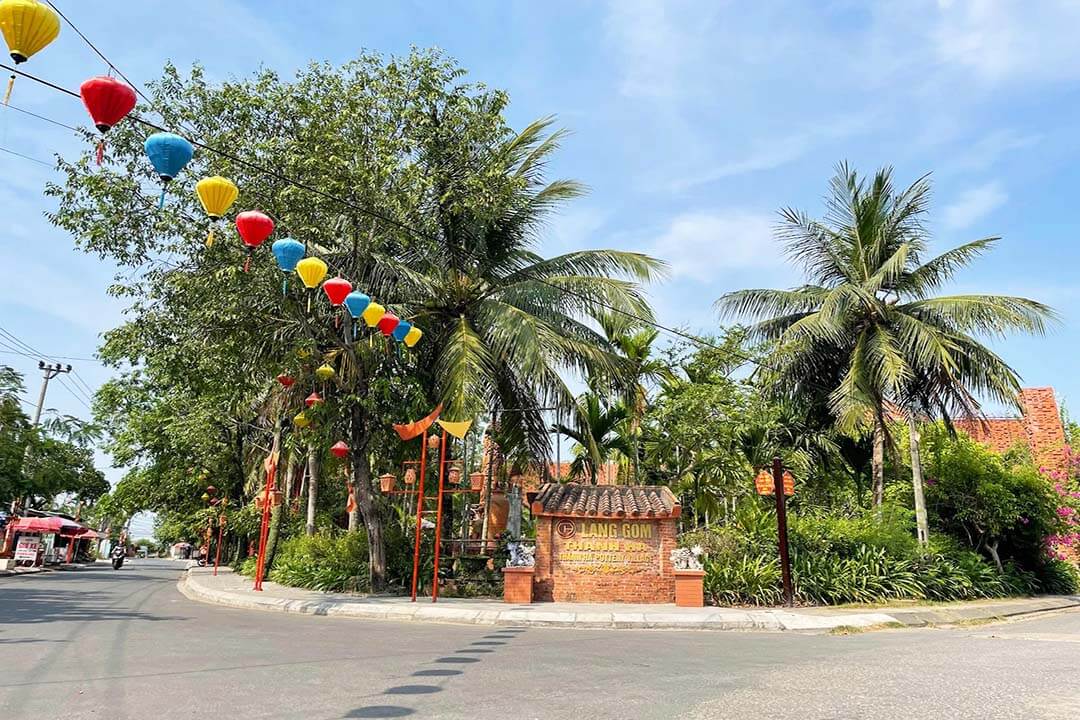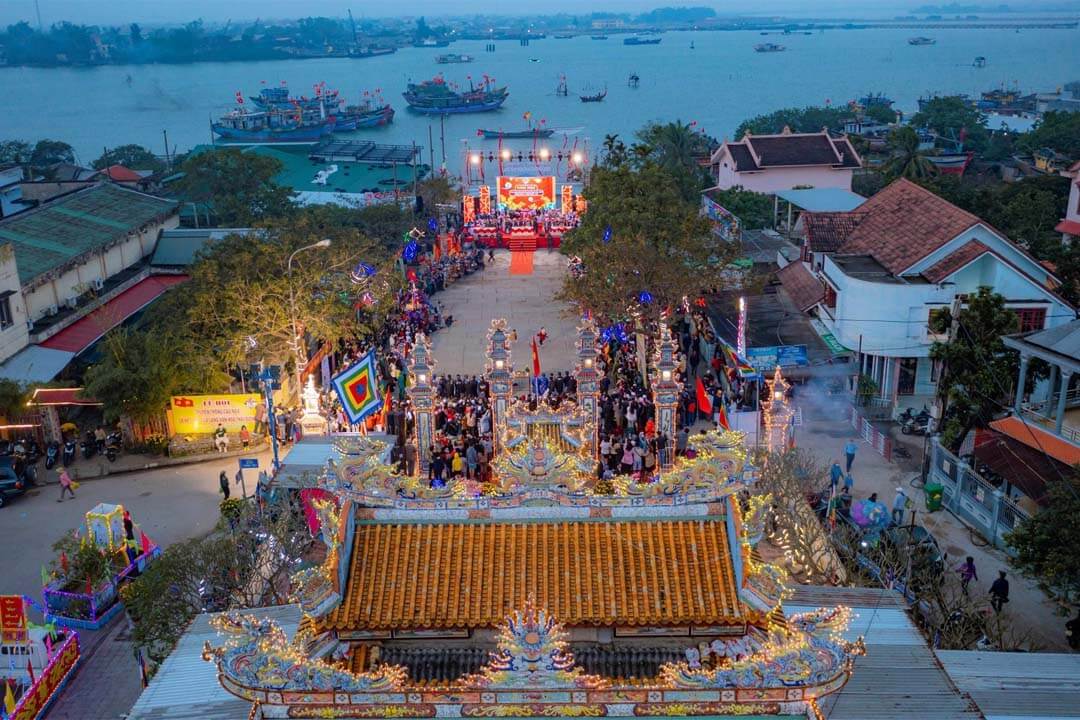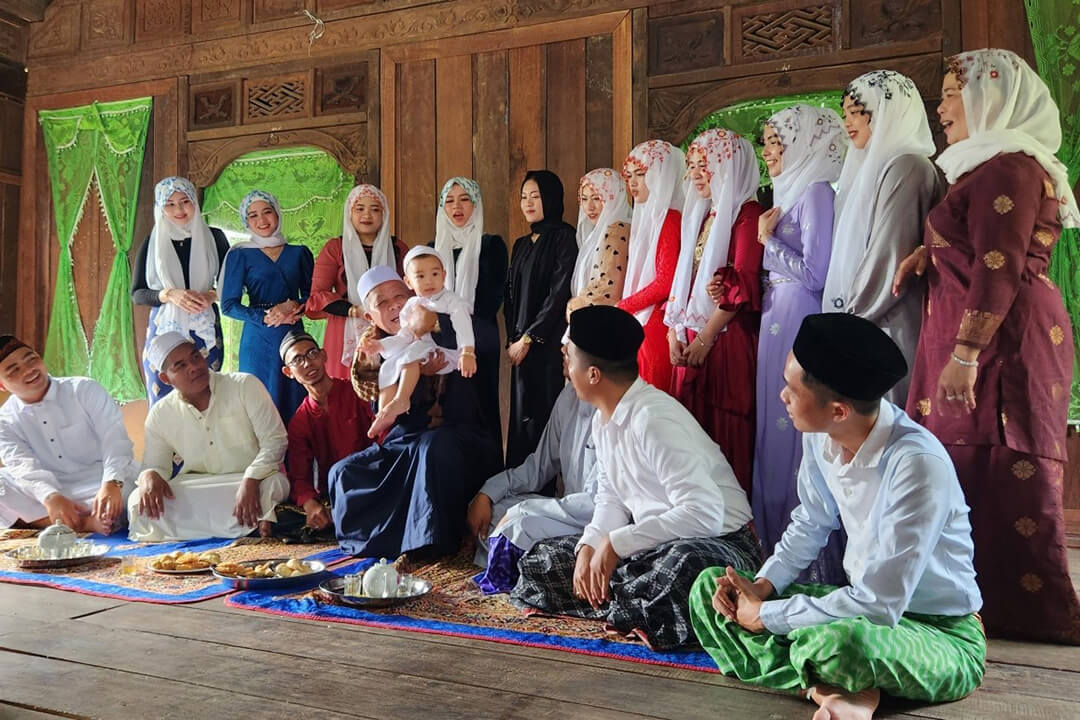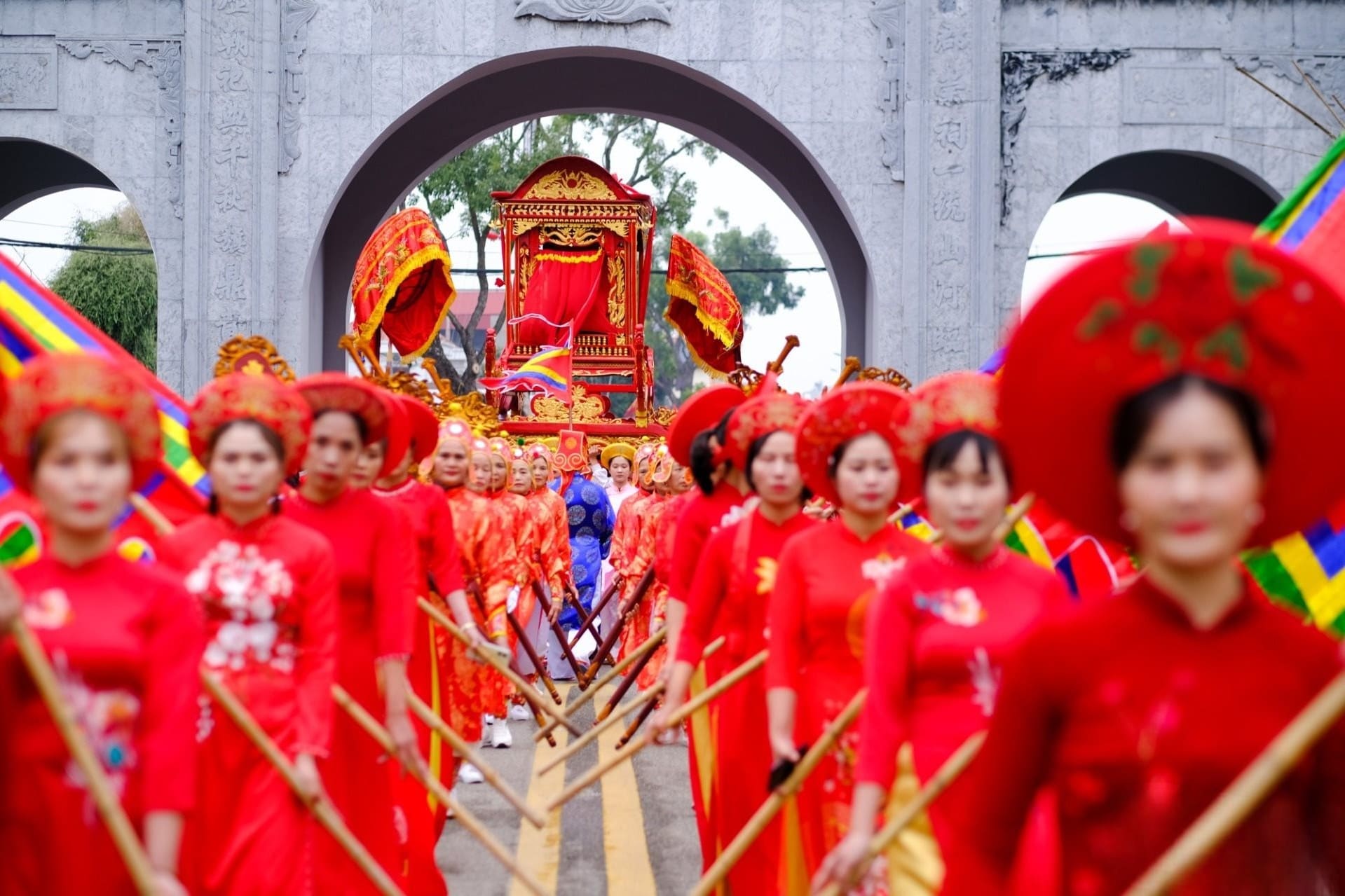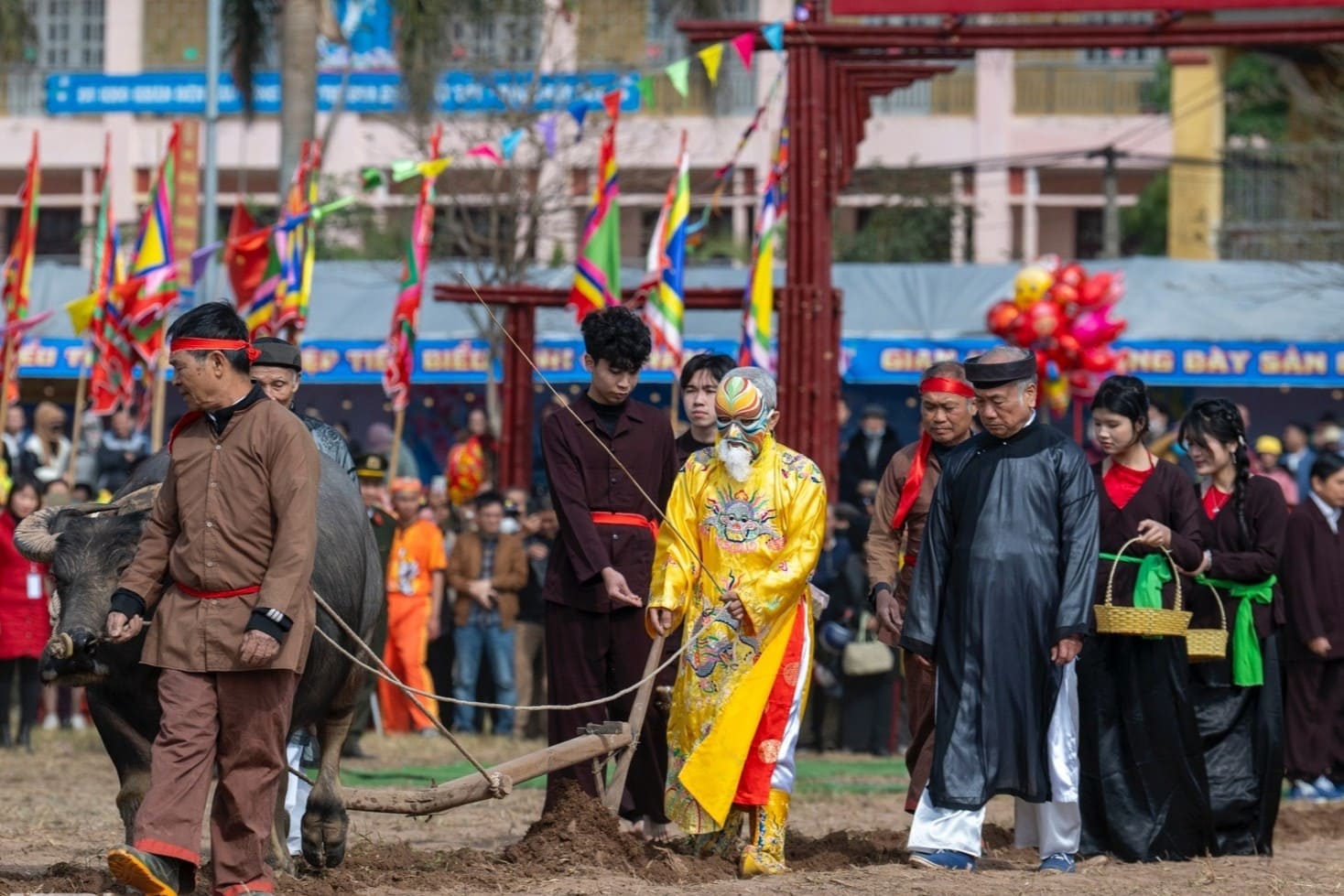Dec - 17 - 2024
Every year, on the 15th day of the 6th lunar month (the Khmer people's Asat month), the Khmer people of the South in general, and the people of Soc Trang in particular, organize the Nhap Ha festival of Khmer people. So, what else is this day known as, and what is it about this day that piques the interest of so many people? Join us as we learn about Nhap Ha festival in the article below.
About Nhap Ha festival of Khmer people
This year's celebration was held over two days (July 14 and 15), and we were there at the Mahatup Pagoda (Bat Temple) in Ward 3 (Soc Trang City). A significant number of Buddhists from both inside and outside the temple gather to participate and offer rice and other offerings to the monks. A huge candle, in particular, is an essential offering. Wealthy families bring big candles weighing 6kg to 10kg per tree, while middle-class families bring money to help the temple pay its electrical bills during the summer months.
Each Khmer custom and ritual is related with the beauty of traditional culture, with Buddhist teachings, and has been passed down to the present day. Every year, the Khmer people hold the Nhap Ha celebration around the full moon of the sixth lunar month. In Khmer, the Nhap Ha festival is also known as Chol Neasa or Bun Chol Vo Sa, and it is held to pray for good weather, excellent crops, and a happy family. During the three months of summer, or the month of Asat, Buddhists enter the temple and provide daily necessities to the monks.
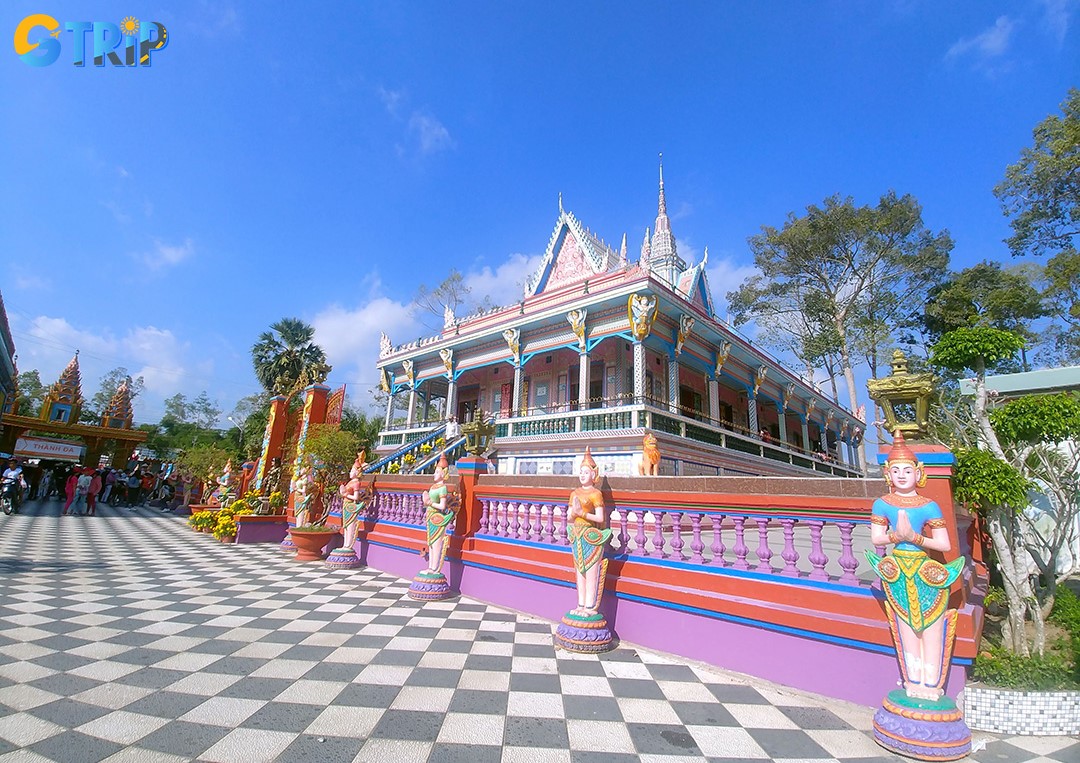
Nhap Ha festival
The main rituals and activities in Nhap ha festival
Since the reign of Buddha Shakyamuni, the Nhap ha festival has been held on two main days:
The first day began in the afternoon. Khmer Buddhists will pray at the temple with flowers and offerings.
Candles, in particular, are an essential offering that Buddhists bring to the temple to keep lit 24 hours a day, seven days a week during the three months of summer. For the Khmer, carrying candles to the temple on the first day of summer has enormous significance, since it is a symbol of wealth, success, peace, and happiness in this life as well as the next. The light from the lamp represents their desire for their spirits to be as clear as the lamp and their business to run more smoothly.
The second day: Buddhists bring rice, water, rice... to the temple to offer to the Buddha and monks, to pray for the deceased and for peace and happiness for the family and the community. The Buddhists flock to the temple on this second day because, after listening to the monks chanting prayers for peace, supplication, and spreading the Dharma, the Khmer people make contributions to the palanquin decked with flowers and leaves (also known as yard-khuc in Khmer) carried three times around the main hall. Following that, they present candles to the main hall and light them to complete the entrance ritual. Monks are not permitted to leave the temple during this period to study Buddhist scriptures, perform full ceremonies during public hours, follow the precepts and keep the spirit pure, or cultivate the teachings.
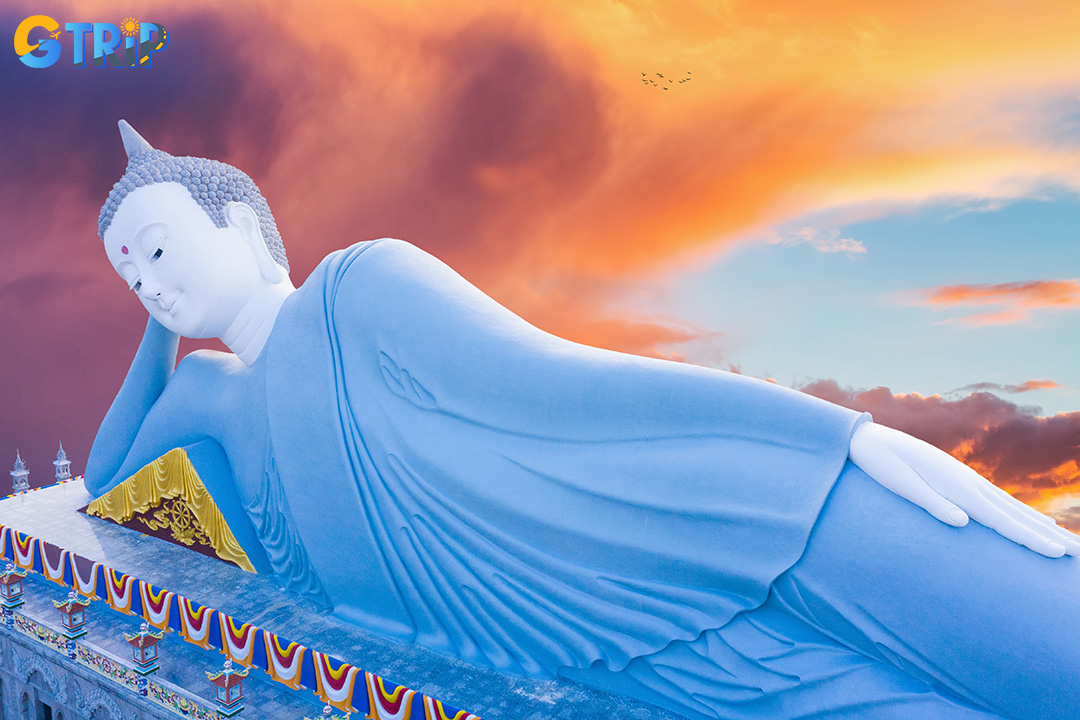
Nhap Ha festival
During the summer entering period, in addition to lighting candles as is customary, Khmer temples beat drums in two sessions: morning (from 4 am to 5 pm) and afternoon (from 16 pm to 17 pm). The temple drums began to beat, alerting all Phum Soc residents to take the initiative in time in production and activities.
The pagoda hosts a ceremony to leave the summer (Chanh Vosa) on the full moon of the 9th lunar month. On this day, Khmer ethnic people frequently arrange a ceremony to release water lanterns (Lei protip) on the rivers of phum and squirrel, with the intention of remembering the Buddha and also apologizing to water and land for fouling the land and water during the year's production. Following that, people utilize carts or palanquins to transport the lights to the river, where they are dropped along the water. The sadam drum dancing troupe of the shrine then added gravitas.
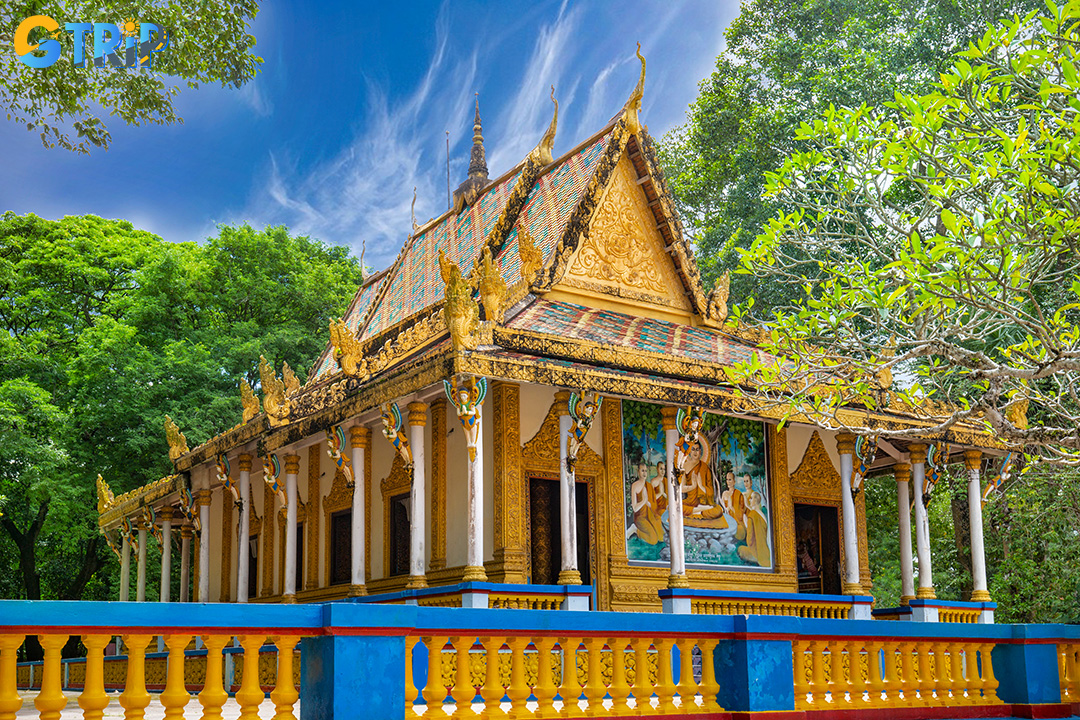
Nhap Ha festival
Nhap ha festival is significant for both monks and Khmer people because it allows monks to study the religion, cultivate teachings and self-questioning in the process of spiritual practice, and creates good settings for people to exercise. People are committed to constructive effort, resulting in high productivity during the season.
Furthermore, the Nhap Ha celebration of the Khmer people in Soc Trang draws tourists to attend and participate. Vietnam has various festivals, each with its own distinct feature that is difficult to confuse. Let's explore all Vietnamese festivals to have a fresh look at Vietnamese customs, habits and people.
>>> Read more:

